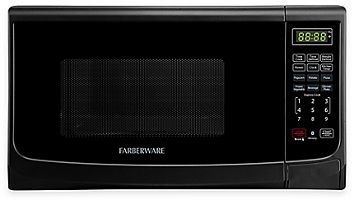programming_general:object-orientation_fundamentals_slides
Table of Contents
Object-Orientation Fundamentals
Mithat Konar
Why object-orientation?
- Object-oriented programming came about to support object-oriented analysis and design (OOAD).
- OOAD created to solve issues involved in designing and managing large applications.
Procedural thinking
- Break down large problems into functions or procedures.
- What needs to happen?
- “Verb” oriented.
Object-oriented thinking
- Break down large problems into the components (objects) that make up the problem.
- How do they behave?
- How do they interact?
- “Noun” oriented.
Object-oriented languages
- Possible to implement OOAD in any language.
- Easier and more robust when language has support for defining and using objects: an object-oriented language.
Object-oriented concepts
- The concept of “object” in computing comes directly from the concept of “object” in the real world.
- Critical ideas:
- state
- behavior
- encapsulation and protection
- self-governance
- Let’s explore this with the example of a microwave oven.
State
- At any given instant, a microwave oven has a particular state.
- Is it cooking?
- At what power level?
- How much cooking time is left?
- What time does it think it is?
- These attributes (and others) collectively define the oven’s state.
Behavior
- A microwave also has predefined behavior:
- Push the “1” button → start cooking at maximum power for one minute.
- Push the “+30 sec” button → add 30 seconds to the cooking time if it’s already cooking or start cooking for 30 seconds at maximum power.
- Push a magical combination of buttons → set the internal clock.
- These operations (and others) collectively define the oven’s behavior.
- interface: the public-facing behavior (i.e., the operations a user can engage).
Encapsulation
- User changes the state of the oven only by engaging one or more of the operations in the oven’s interface.
- Don’t need to know how a magnetron, the clock’s electronics, or anything else works to use the oven.
- Only need to know what changes in state to expect from the “cook 1 minute” or “add 30 seconds” operations.
- “I don’t care about how it works—I only need to know what it does,” is part of encapsulation.
Protection
- Oven internals are protected against unwanted fiddling by screws and scary labels—for a reason.
- “No user serviceable parts inside.”
- protection: keeping the user out of stuff that the user should not be allowed to access.
Objects
- The microwave oven takes responsibility for managing its own state using a set of predetermined behaviors: it’s self-governing.
- object-oriented language: a language that let you create self-governing entities.
- Self-governing entities are called objects.
- object: a program entity that encapsulates state (via attributes) and behavior (via operations involving those attributes) for some meaningful abstraction.
Class-based object-orientation
- My Farberware 4241 microwave.

- All Farberware 4241s made from a master plan.
- Defines what the Farberware 4241 is.
- In computing terminology, the master plan is a class.
- A class contains all the specifications needed to make a particular kind of object.
Class-based object-orientation
- Objects that have been created from classes are also called instances.
- The process of creating an instance from a class definition is called instantiation.
Prototype-based object-orientation
- Prototype-based object-orientation: used in JavaScript and some other languages.
- Currently less common than class-based OOP.
programming_general/object-orientation_fundamentals_slides.txt · Last modified: 2021/11/28 19:14 by mithat
